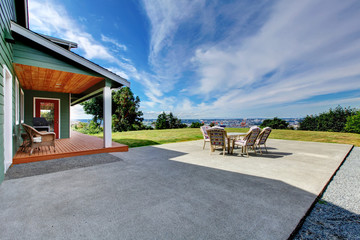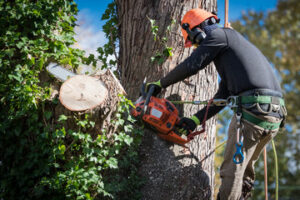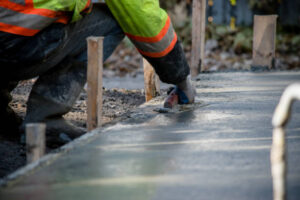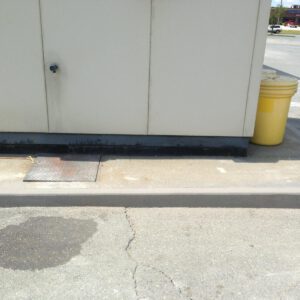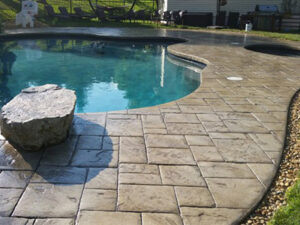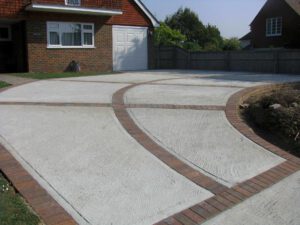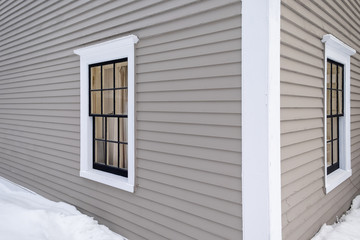Concrete patio is a great way to transform your backyard into an inviting space. It’s easy to maintain and will last for years to come, thanks to its durable construction.

It’s also incredibly customizable, which means you can make it look like anything from wood to stone and more. Stamping, painting, and dyeing your concrete can help you achieve the look of pricier materials without paying a fortune for them.
A concrete patio is a great option for homeowners looking for a cost-effective and long-lasting way to add outdoor living space. They can be constructed in many different ways and come in a variety of colors, textures, and finishes. They can be stamped, engraved, or stenciled to mimic other natural materials like brick and stone, which will give them an authentic appearance and boost their resale value.
The cost of a concrete patio will depend on several factors, including how much work is involved and the size of the project. A basic patio can be constructed for around $3 to $6 per square foot, but a more elaborate design will increase the price. Curved patios will also be more expensive since forming and pouring concrete in round shapes is more difficult than in straight lines.
There are three main types of concrete available for use in patios: site-mixed, ready-to-pour, and concrete delivered by truck. Choosing site-mixed concrete is usually cheaper than ready-to-pour, but it’s not always possible to do this on your own. If you need a lot of concrete, then ordering it by truck may be the best choice for your budget.
Pre-manufactured concrete pavers are another option for a patio. These pieces of concrete are typically $4–$20 a square foot and require special skills to install properly.
Some concrete contractors specialize in creating stamped concrete designs to mimic other materials, such as cobblestone or brick. These designs can be added to the patio surface in a number of ways, including by etching the surface, stamping with a laser, or using special dyes.
When deciding on which type of design to incorporate into your patio, consider the look you’d like and how easy it will be for you to maintain. Depending on the level of detail you’d like, stamped concrete can be very durable, making it an excellent choice for families who enjoy spending time outdoors.
Concrete can be used to create a variety of shapes and patterns, but the most common are squares and rectangles. You can also add features like a waterfall or fire pit to your concrete patio. These features will add additional cost to your project, but they can be worth it if you’re looking for a functional and beautiful outdoor space.
If you’re looking for an affordable and durable material to build a patio, concrete may be the perfect option. It’s not only durable but also easy to maintain, making it the best choice for a patio.
Unlike wood or paving stones, concrete is a solid surface, so it’s easier to keep clean and free of stains. You can sweep your concrete patio every few months and apply a coat of sealant once a year for added protection.
Another benefit of using concrete for a patio is that it’s a lot cheaper than brick or stone pavers. This means you can afford to spend more on other features of your home, which may boost the resale value of your property.
This is especially true if you’re considering selling your home in the future. A beautiful concrete patio can boost your home’s resale value by up to 30%, as long as it’s done right.
One drawback to using concrete as a patio material is that it’s susceptible to cracking. This is especially common in Calgary due to the thaw and freeze cycles during the winter.
Even the strongest concrete will begin to break down over time, but that’s a problem that’s easily avoided with regular maintenance. You can scrub your concrete patio with a broom and a garden hose to remove dirt, debris, and snow. You can also use a power washer to give it a deep cleaning, but make sure to use a gentle detergent and avoid harsh chemicals.

